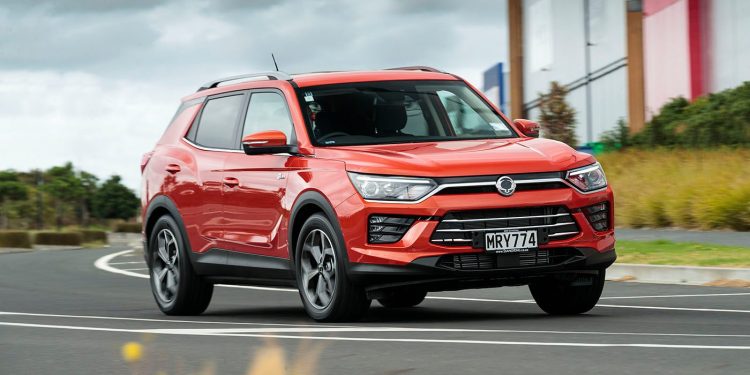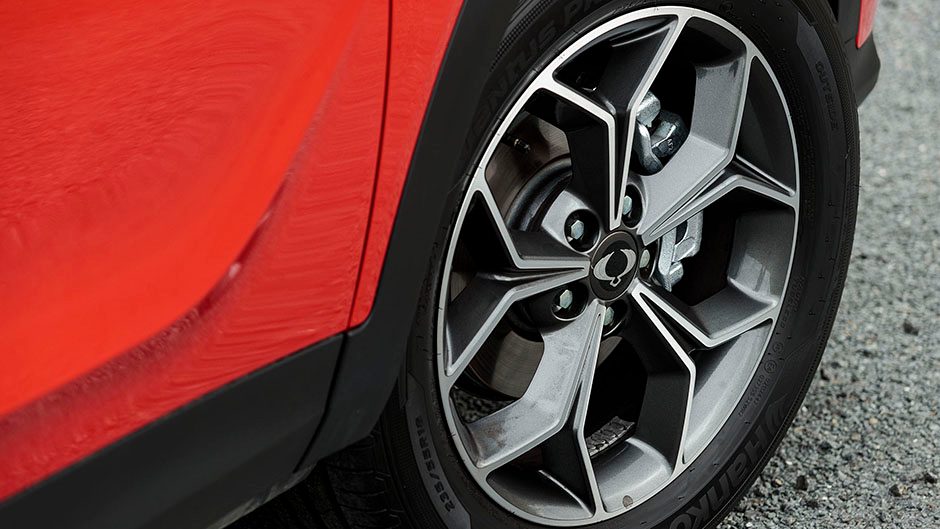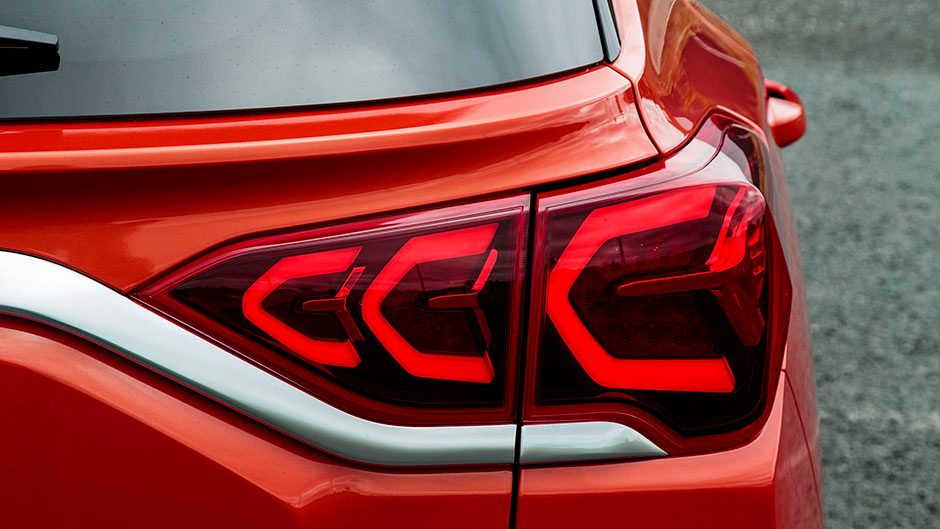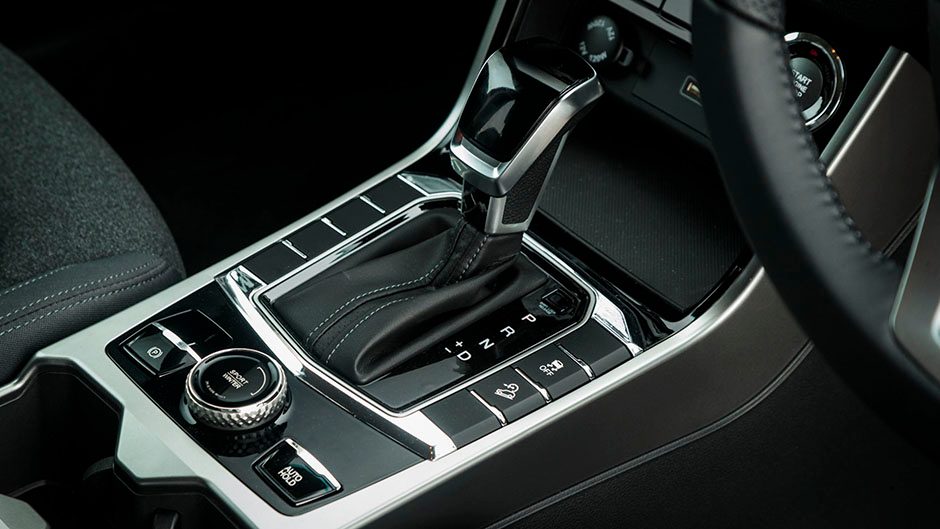2020 SsangYong Korando Limited long-term report
Words Peter Louisson | Photos Tom Gasnier
As the song by Fatboy Slim goes, you’ve come a long way baby. And clearly he was talking about SsangYong’s Korando.
This kicked off in the early 80s as a Jeep-based compact SUV. The second-generation hit the heights of styling chic with Musso-like cues. Thank some blind Pom from the Royal College of Art for that abomination.
The third generation was much more straight up, and now we’re onto Gen IV. Here the theme of improving aesthetics continues and this is the best looking Korando yet.
Moreover, it’s the biggest and most practical and is also the best on the motivation front, this time with a turbocharged 1.5-litre petrol engine good for 122kW and 280Nm, mated to a smooth shifting Aisin six-speed automatic.
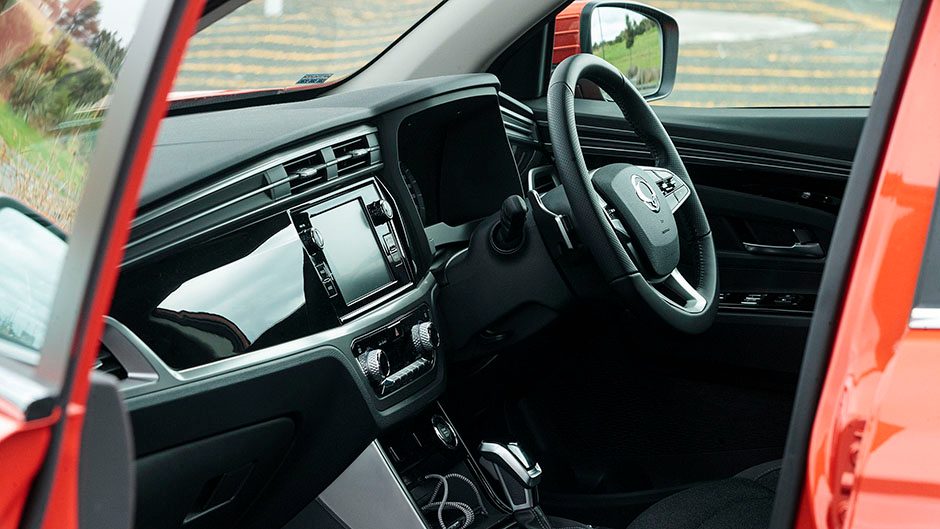
The bold new look is a good start but what will also attract medium SUV buyers is the price. For it competes more with compact crossovers in that regard, the base variant kicking off at just under $30k, while the better specified Limited version goes for $35,990.
It’s this unit that NZ Autocar’s MD, Gavin Shaw, has been driving for the past month and, like Kyle and I, he finds it hard to think of much awry. A lack of nav says he, but you can quickly fix that by hooking up your Android or Apple smartphone.
I found the driving computer located between the two main gauges hard to read; the small figures aren’t easy to take in at a glance. And apart from a murky reversing image relayed to the central touchscreen, that’s about it. Some might want the option of a powered fifth door maybe, or perhaps some blind spot monitoring. All pretty minor stuff, given pricing.
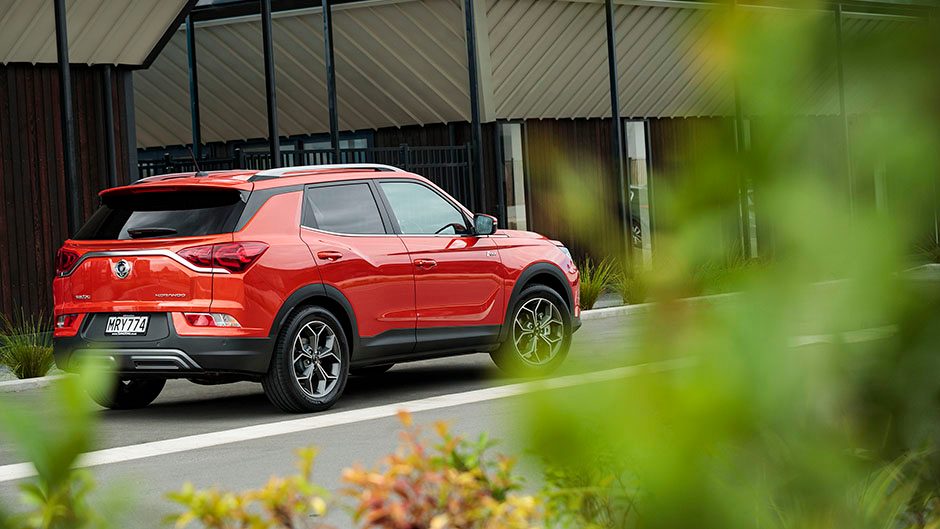
But for general specification it is quite well fitted out. There’s dual zone air, adaptive cruise, AEB, and even paddle shifters are standard. However, owners will seldom need to use the latter, such is the torque generated at low revs by this new power unit. If you’re wanting this vehicle for tow purposes, there’s a 4WD turbodiesel SPR variant available with an extra 44Nm of torque and a two-tonne braked towing maximum – the Limited can haul 1500kg – but it costs $40k and won’t be as nippy with 20kW less of peak power. As it is, the petrol feels relatively effortless in any setting, town or country, pulling well from low revs, and we never felt tempted to use the Sport driving mode. Loaded up with gear and four aboard, this managed an overall fuel use figure of 8.2L/100km in mainly rural running.
Gavin reckons he can do a week of running around on a tank, and he usually covers at least 500km in that time, costing $80 to refill. We concur, doing around 400km in the weekend and with 150km remaining on the distance-to-empty meter, we’d input $75 of 95 ULP. He does mainly urban driving, where the average is a claimed 10L/100km, and ours was primarily rural running (claim 6.3L/100km) explaining the difference. SsangYong reckons on 7.7L/100km overall.
We were expecting it to be rowdier on secondary highway surfaces but cabin noise was pretty reasonable, the average being 71dB. That’s quiet enough to chat away without having to raise your voice. The fact it also rides and handles commendably you can probably put down to a the fact that 74 per cent of the body comprises high strength steels, and it runs generously sized 235/55R18 rubber.
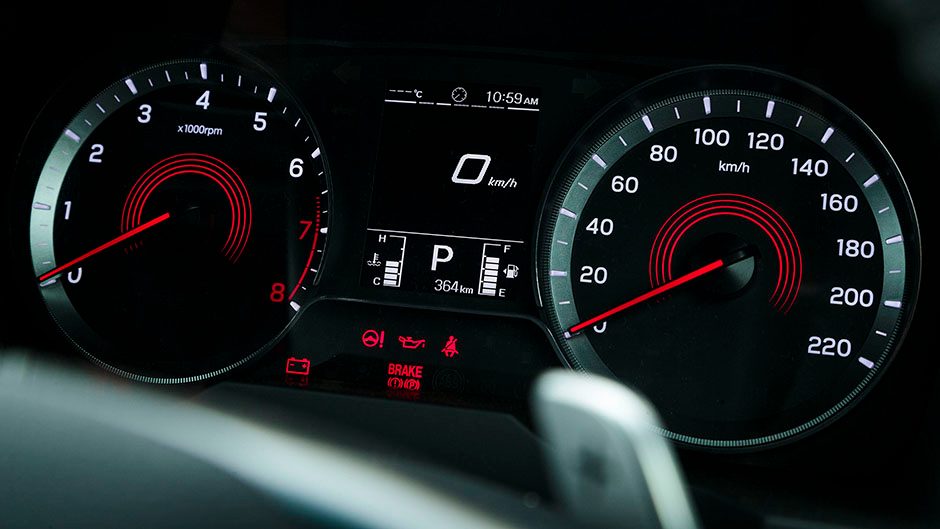
Seat comfort is pretty good too, the Limited finished in cloth, with no seat heating required. All occupants fare well for space, especially in the rear, and while split folding renders a long flat load surface, the two level Magic Tray is non-functional here because of the full-sized spare beneath. So you get 486L of luggage space instead of 550.
The Limited should see you right when things go wrong, as this is the first SsangYong yet to win an ANCAP five-star rating thanks to automated emergency braking, seven airbags, and active lane keeping. Adaptive cruise should avoid those nose to tail incidents in heavy traffic when you’re trying to decipher the tiny numbers in the trip computer area.
Brakes are effective; we had to perform an emergency stop at night on a back road when some muppet in a ute towing a boat pulled out of a driveway without looking. Projector headlights and LED fog lamps gave good advanced warning that something wasn’t right.
On the value equation, this and Kia Seltos LX+ are the frontrunners in the class. For economy the Kia is probably the go but for ease of driving, I’d probably opt for the 280Nm of the SsangYong at 1500rpm (vs 180Nm at 4500rpm for Seltos) thanks very much.
| Model | SsangYong Korando Limited | Price | $35,990 |
| Engine | 1497cc, IL4, T/DI, 120kW/280Nm | Drivetrain | 6-speed auto, front-wheel drive |
| Fuel Use | 7.7L/100km | C02 Output | 179g/km |
| 0-100km/h | 9.80sec | Weight | 1531kg |


